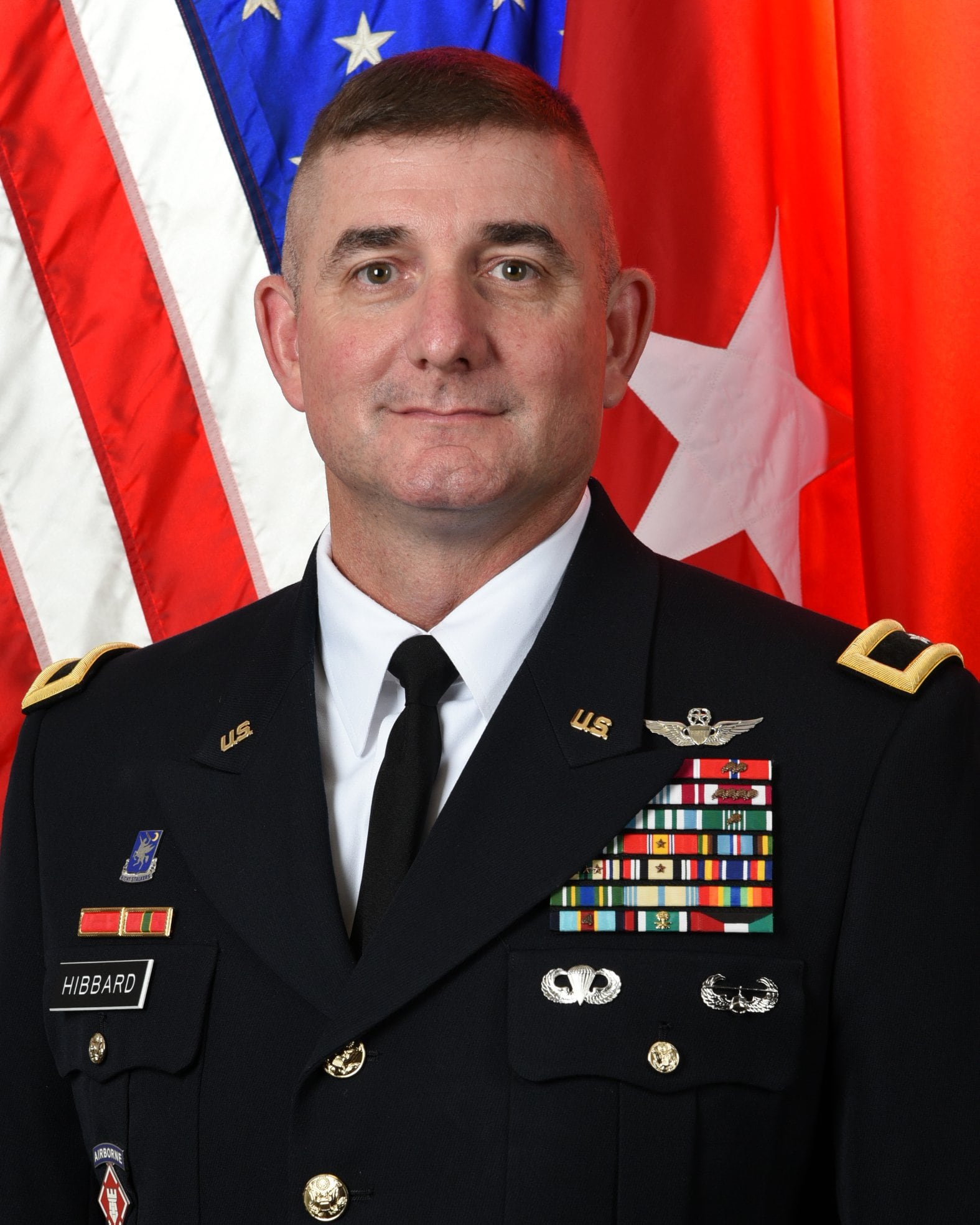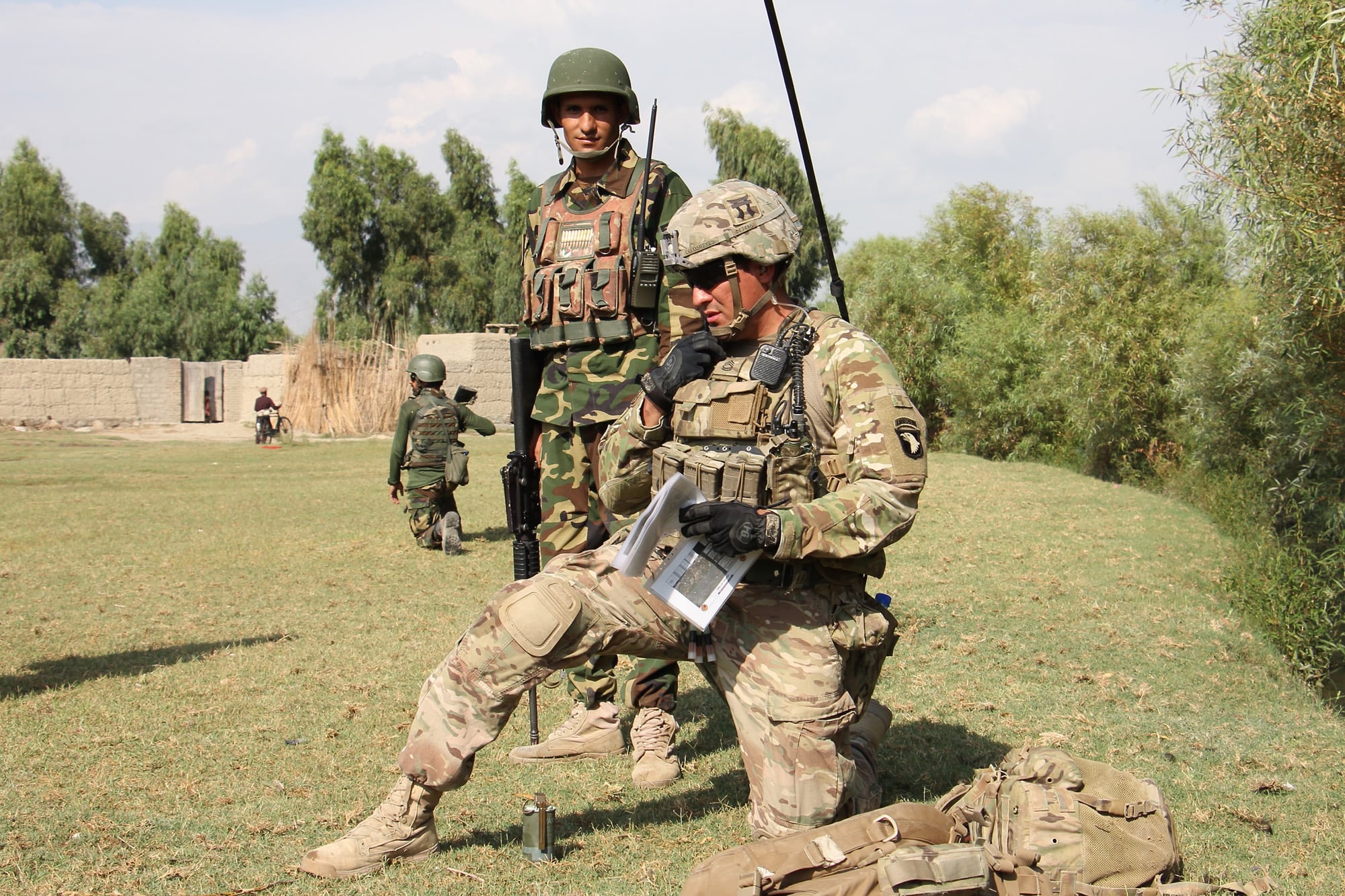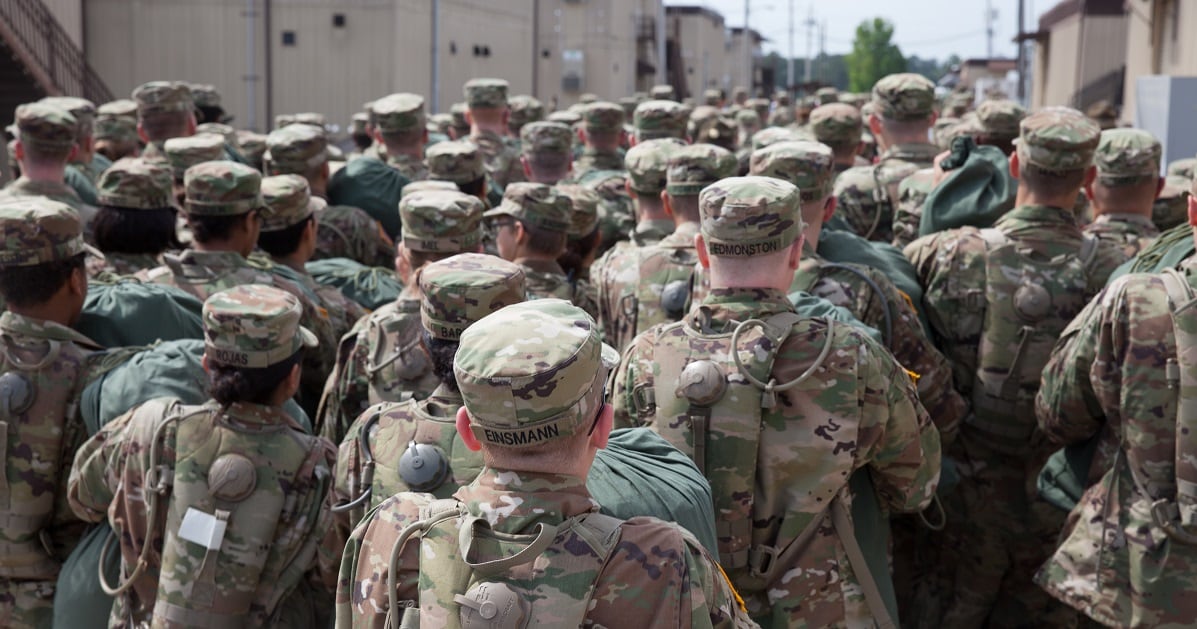The command responsible for both Army basic training, and its efforts to field a new fitness test, changed hands Friday.
Maj. Gen. Malcolm Frost, who is set to retire later this year, handed over leadership of the Center for Initial Military Training to Brig. Gen. Lonnie Hibbard in a ceremony at Joint Base Langley-Eustis, Virginia, livestreamed via the command’s Facebook page.
“He helped me and then other Army senior leaders understand the imbalances and the cumulative risks that had crept into the Army’s training mission over almost two decades of continuous combat overseas,” Gen. Stephen Townsend, the head of Training and Doctrine Command, said of Frost. “And then he helped us find ways to fix them.”

Hibbard, a career pilot, is coming in from almost two years as the director of operations, plans and training at TRADOC.
“The source of power of the United States Army is the soldiers ― the young recruits, America’s sons and daughters, who volunteer to join our Army,” he said in his remarks. “IMT is the foundation of training civilian volunteers into simply the best soldiers on Earth.”
The plan, leaders said, is that he carries on CIMT’s trajectory.
“One of the fears I have, changing out, was the gap that might occur,” Frost said. “There was a fear that that momentum that we gained was going to stop.”
But that won’t happen under Hibbard, he said.
“We will be at the walk ― if not run ― phase, because of what he knows and understands and what he’s been a part of,” Frost said.
Frost, a 1988 West Point graduate and career infantryman, took command of CIMT in July 2017, following a stint in the Pentagon as the service’s chief of public affairs.
His first order of business was a review of the Army’s entire initial entry training base, and what he found was a host of leaders at the ground level, concerned that the freshly minted soldiers reporting to their units were undisciplined and out of shape.
A host of changes followed. In early 2018, Frost led an overhaul of Army basic training at Fort Jackson, South Carolina, which included more Army history and drill and ceremony, designed to instill the understanding of what it means to be a professional soldier. There was also more land navigation, a higher fitness standard and double the time spent on radio communication training.
Then CIMT did away with Advanced Individual Training platoon sergeants, bringing back drill sergeants to the program for more continuity with basic training, then increasing the ratio of drill sergeants to trainees across initial entry training and adding lieutenants to take pressure off of overworked cadre.
RELATED

And of course, the Army Combat Fitness Test ― six events measuring strength, agility and other skills ― went from the pilot to field-testing phases, with a roll-out scheduled for fall 2020. At the same time, teams of nutritionists, conditioning coaches and nutritionists are planned for every Army battalion, as part of the official Holistic Health and Fitness Initiative.
“We now have the resources. We are not under-resourced. I think we are not undervalued anymore ... we’re a still a little misunderstood, but that’s okay,” Frost said. “I think we’ve closed the gap a lot.”
Meghann Myers is the Pentagon bureau chief at Military Times. She covers operations, policy, personnel, leadership and other issues affecting service members.




